All my Alma(supposedly Fig Mosaic Virus immune)cuttings rooted and grew like weeds. So I thought it would be interesting to use some of them to see what effect using Alma as a rootstock would have on FMV infected varieties budded to it.
The pictures show the chip budding procedure but were not necessarily in sequence, so ignore the dates. The best time to bud is when the plant is growing vigorously and will heal quickly.
Equipment and bud with leaf still attached
1. Get a sharp, thin, short knife. There are budding knives available, but something like a paring knife or jack knife will do.
2. Have something to secure the bud. I use parafilm, which is made for budding. It breathes, stretches, and falls off on its own after a while. But a wide elastic band that has been snipped open to form an elastic strip will also work.
3. Disinfect the knife with 70% alcohol, or 10% chlorine bleach solution.
4. Choose a bud from your donor plant. You want a nice fat bud, preferably without a fig embryo. Starting a distance above the bud, carefully slice into the branch removing the bud and its attached leaf.
You donÂt have to make a deep cut  just deep enough to get under the bud. Remove the leaf leaving the stem to use as a handle.
Bayernfeige Violetta with chip removed
5. Choose a location on you rootstock fig for the bud "chip". Use the side or top of a branch or trunk. DonÂt use the bottom of a branch or let the chip face down toward the ground.
6. Using the leaf stalk as a handle, position the bud where you want it to grow on the rootstock fig. Push the blade of your knife deeply into the bark of the rootstock precisely above and below the bud chip. (I like to slice off a little on the bottom of the chip at this time as this will give exact contact - for some reason the cuts on the top usually match pretty well.) This will mark the exact size of the bud on the rootstock, and also keep you from over-cutting at the bottom. If you need more of a guide, you can mark either side of the chip with a marker.
7. Put the chip down and with your knife cut out and discard the piece of bark between the two cuts on the rootstock . It should be the same size as the bud chip. It can be a little tricky getting the width exactly right. Differences in branch diameters can result in width variations between the chip and the rootstock cutout. If the donor fig branch is thin the chip will be narrower than one from a thicker branch. To counter this, using the tip of the knife on the rootstock cutout will give a narrower width. And conversely using the base of the knife near the handle will give a wider chip. With a little practice youÂll get good size matches.
8. Wipe the cut surfaces on chip and rootstock cutout with a paper towel to remove any sap.
9. Take the parafilm (or other wrapping material) and hold it above the cut on the rootstock. With your other hand wrap a loop over this piece pinning it tight. Wrap again.
10. Position the top of the bud chip against the cut in the rootstock. Make sure there is contact bark to bark. Look at the rest of the chip to make sure there will be bark to bark contact on at least one side. Do NOT center it. For it to heal the green inner layers of the bark have to be touching.
11. Start wrapping as if bandaging an arm with an ace bandage, with enough pressure to stretch the elastic or parafilm slightly. When you've covered the bud chip you can put the end into the last loop and snug it tight, or just pull the parafilm tightly and it will adhere to itself.
12. Gently slice through the leaf stalk "handle" leaving a small stub. Do not try to remove the stalk completely - it will drop off by itself.
Two wrapped buds - one with "handle" still attached
13. Mark the bud well with a marker or paint. I've also put the name of the bud chip on the rootstock.
14. The bud might break on it's own once it's healed. Or it can be forced by cutting the branch above it or chipping out some bark below it. Don't be impatient, a bud put on now does not have to be forced until next year.
15. Put on a permanent, hard to miss marker of some sort. Painting the resulting branch and putting on a tag is a good idea. It is very easy to snip off your budded branch when pruning, if it isn't obviously marked. Grafting often leaves a scar that you can see for years after the procedure. Evidence of budding on the other hand, disappears very quickly.
Healed chip bud sending out a shoot. This was taken on August 31, roughly three weeks after budding. Note how difficult it is to see the bud. Make sure to mark well!
















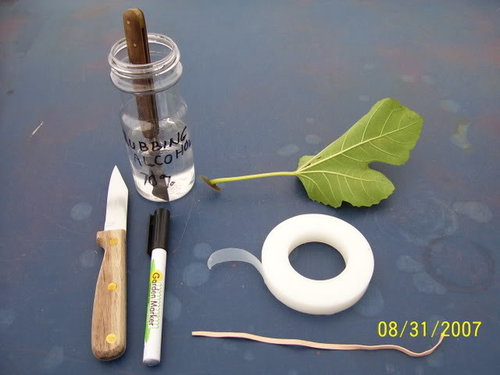
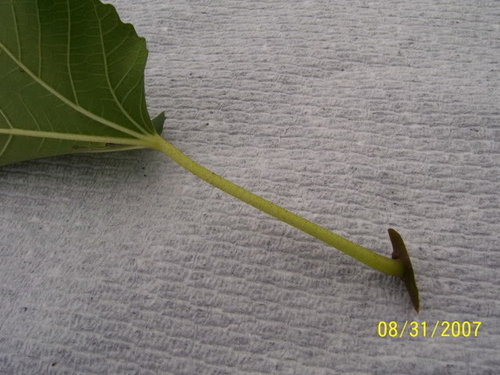
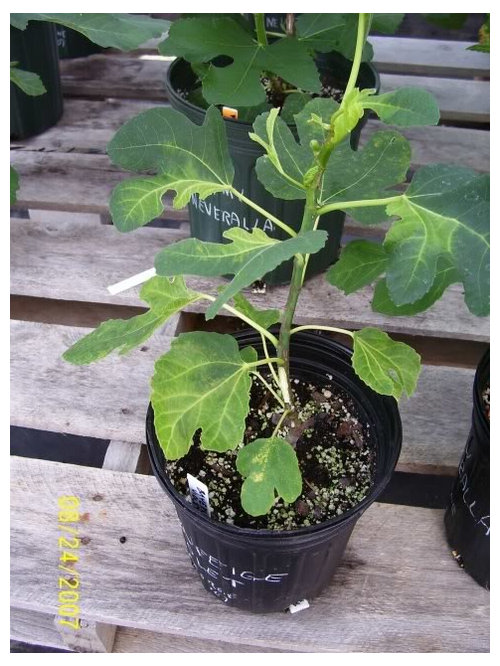

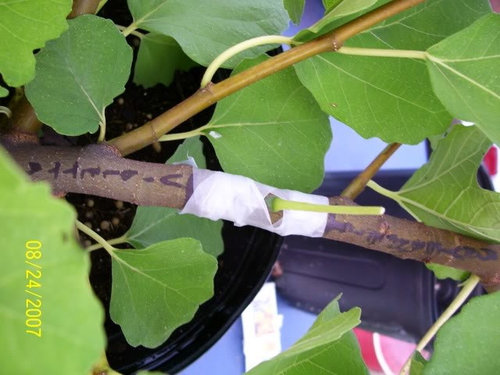
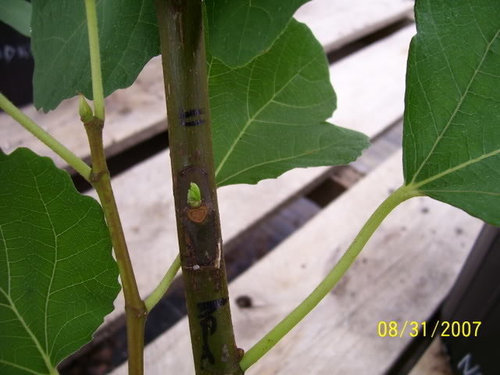

chills71
xon2000
Related Professionals
Danbury Landscape Architects & Landscape Designers · Barrington Hills Landscape Architects & Landscape Designers · Wake Forest Landscape Contractors · Centereach Landscape Contractors · Columbine Landscape Contractors · Fountain Valley Landscape Contractors · Shirley Landscape Contractors · Arlington Heights Decks, Patios & Outdoor Enclosures · Issaquah Decks, Patios & Outdoor Enclosures · Palmetto Decks, Patios & Outdoor Enclosures · Aventura Fence Contractors · Brooklyn Fence Contractors · King City Fence Contractors · Whittier Fence Contractors · Kingsburg Fence Contractorsejp3
fignutOriginal Author
paully22
keith-figs
FO876
fignutOriginal Author
paully22
fignutOriginal Author
ottawan_z5a
ottawan_z5a
fignutOriginal Author
dieseler
scion
fignutOriginal Author
dieseler
bwoody
jstall